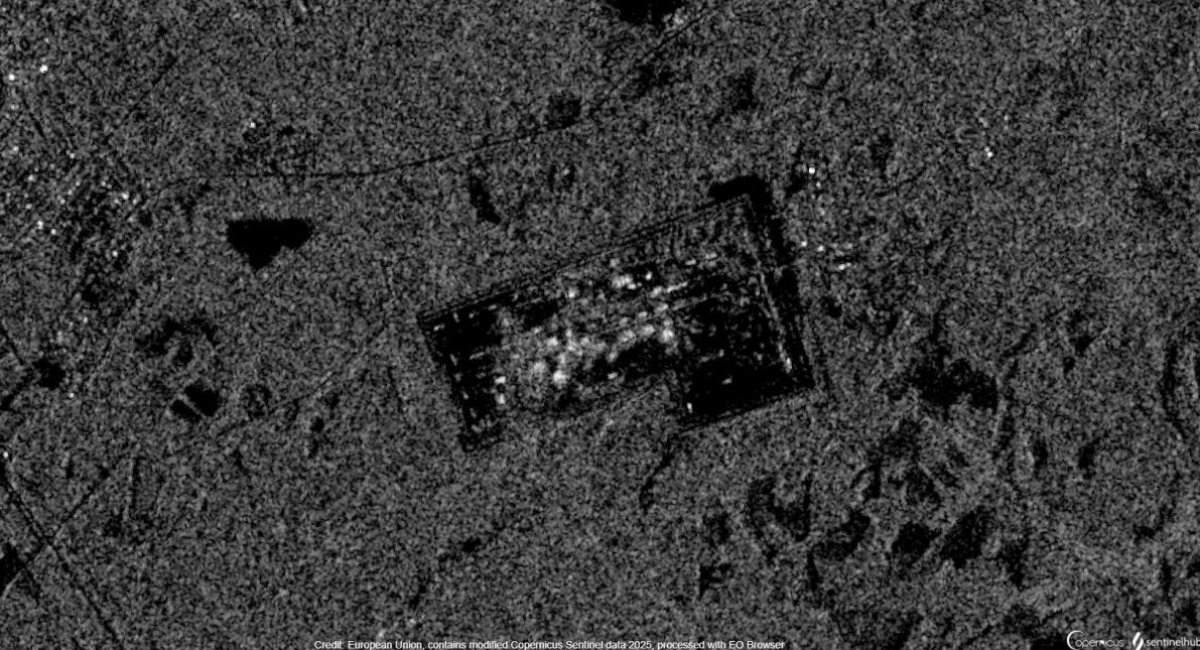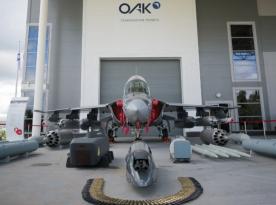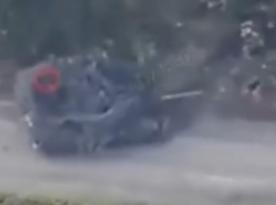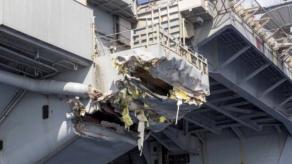New satellite imagery reveals the damage inflicted to the 51st Arsenal of russia’s Ministry of Defense Main Missile and Artillery Directorate (GRAU) — located in a highly protected corner of the country, just 60 kilometers from Moscow — following the explosion on April 22.
These publicly available images, captured the next day, were released through the European Space Agency’s Sentinels Scientific Data Hub. Despite their relatively low resolution and poor weather conditions during the morning pass of the Sentinel-2 satellite, the damage is clearly visible.
Read more: The 51st GRAU Arsenal 60 km from Moscow Was Destroyed: Why it Was the Most Difficult Target and What Was Hidden Inside
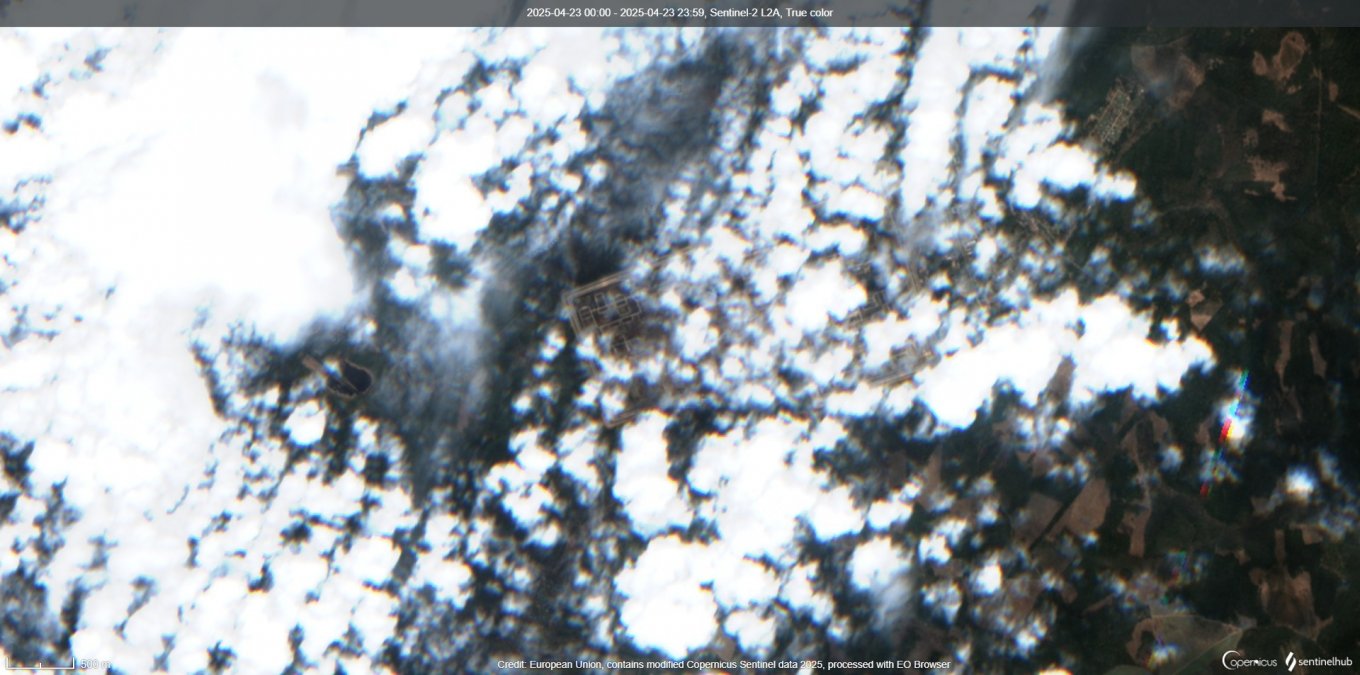
Additionally, radar imagery from another Sentinel satellite offers further insight. Unlike optical imaging, synthetic aperture radar (SAR) technology can penetrate clouds, smoke, and fog, making it useful in conditions like those seen over the site. However, such images are more difficult to interpret.
Comparative imagery from April 14 and April 23 shows that large structural changes occurred in the central area of the site. In plain terms, the storage facilities located in the core of the arsenal were completely destroyed.
Even by the morning of April 23, secondary detonations continued to erupt at the site, indicating the sheer volume of stored ammunition. Still, the satellite data already paints a vivid picture of the aftermath.
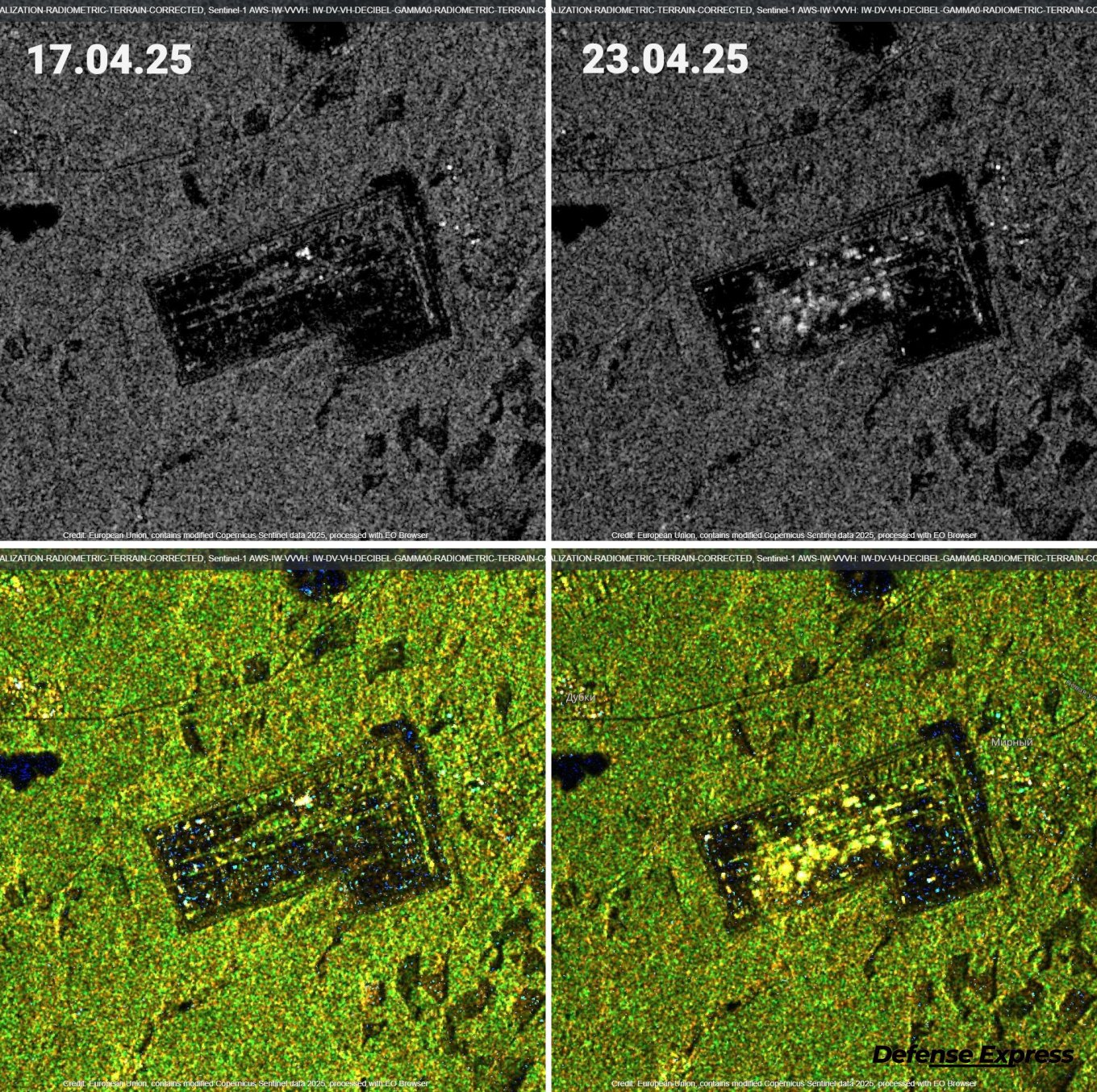
Renowned OSINT analyst M.T. Anderson assessed the site and concluded that the blast zone covered approximately 30 separate storage buildings and ammunition depots. By applying additional filters to the optical satellite image, he also detected major fire outbreaks within the facility. These fires were independently confirmed by NASA’s fire monitoring system.
update51st GRAU ArsenalSentinel 1 Synthetic Aperture Radar gives a better view of potential damageObvious geometric changes based on the reflected signals back to the 17 Apr vs 23 AprI've overlaid the area on both Google Maps and the 50cm from 26 Oct 2024 https://t.co/KKFR6CNmRG pic.twitter.com/V8I4capWkT— MT Anderson (@MT_Anderson) April 23, 2025
As of April 23, secondary explosions were still ongoing at the arsenal. Authorities evacuated eight nearby villages and two summer home cooperatives. Thirty-seven settlements were cut off from gas supplies. The farthest evacuated settlement lies 4.5 kilometers from the site, while the city of Kirzhach, located just 5-6 kilometers away, was not evacuated.
At this time, there is no confirmed information on the types or quantity of ammunition stored at the 51st GRAU arsenal. The facility was designed to hold up to 264,000 tonnes of ordnance. Among the confirmed items stored there were 107 mm rockets for the Chinese Type 63 multiple rocket launcher system. These munitions were scattered across the surrounding area and repeatedly filmed by local residents. It is likely that this ammunition was delivered recently and stored in the open.
It is also important to note that the 51st GRAU arsenal is more than just a large ammunition depot. As a key facility of the russia’s Ministry of Defense Main Missile and Artillery Directorate (GRAU), it serves as a critical logistics hub for the distribution and maintenance of ammunition. Only eight such arsenals remain in the so-called "European part" of russia. Three others were destroyed in 2024.
Read more: The Destroyed 51st GRAU Arsenal in russia Contained 107mm Rockets For Chinese Type 63 MLRS




